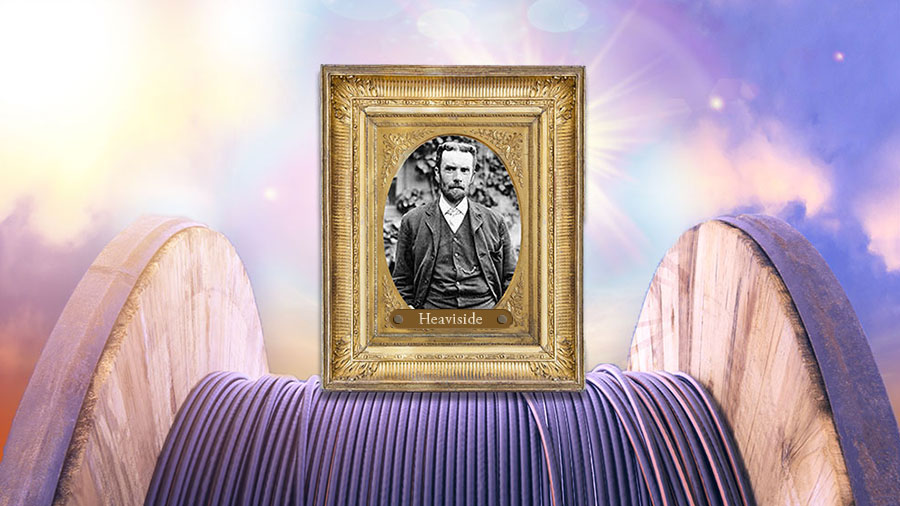Blog
May 25, 2021
Why I’m a Proud Follower of the Cult of Coax
By Joe McGarvey, Senior Director, Marketing |

I got nothing against fiber. As far as broadband media goes, fiber’s got a lot going for it. That’s why it’s the go-to choice among broadband service providers, including cable operators, for extending their services to new areas and regions. Nobody is knocking fiber.
But I must admit to getting a little miffed over all the attention fiber is getting lately. The advancement of broadband is suddenly — and rightfully — an intensified focus of the largest countries in the world. Public entities are proposing hundreds of billions in funding to expand the reach and the robustness of broadband connectivity — and fiber, along with next-generation wireless technology, is the presumed primary target of all this spending.
Again, that just makes good sense, considering that nobody is disputing fiber’s fitness for greenfield buildouts. It is a little irksome, though, when fiber or wireless technology is exclusively associated with the future, or “futureproofing,” as several of these public-funded initiatives seem to suggest.
That’s a big dis to coaxial cable, which I’m not about to stand for.
When it comes to the future, or being a futureproof medium for broadband, coax is conceding nothing, at least not for the next few decades or more.
Coax, which connects more homes to the Internet in the United States and elsewhere than any other medium, enjoys a rich and glorious past. But that in no way means it’s past its prime or ready to ride off into the sunset — to play vinyl to fiber’s MP3.
Nope. When it comes to the future, or being a futureproof medium for broadband, coax is conceding nothing, at least not for the next few decades or more.
So, how much do we love coax? Let us count the ways. Here’s a quick hit of the top five reasons coax will be at the top of our playlist for a long, long, long time to come.
- Steeped in History: Coaxial cable has been the conduit of choice for delivering television programing since the 1940s. But the medium had already earned a rich pedigree long before it became a CATV mainstay. The first transatlantic cable, connecting the U.S. and Europe, was of the coax variety and started carrying signals in 1858. A few years later, 1880, Oliver Heaviside, a handsomely mustached British physicist, had the foresight to apply for the first patent, earning him the unofficial title of the Father of Coax.
- Built to Last: There’s a reason coax has aged so well over the past century and a half: It’s built like a suit of armor, nested inside another suit of armor. No other transmission medium features a solid-wire core surrounded by an insulating layer, which is itself surrounded by a shield that’s often made of a metallic mesh. The Knights of the Roundtable should have been so well protected. And if that isn’t enough, coax’s prescient inventors further bundled up their precious-but-durable creation by wrapping it in a jacket.
- It’s wrapped in a jacket!
- Millions of Miles: It’s safe to assume that several million miles of coax cable have been threaded throughout neighborhoods around the world, given that just two North American MSOs manage about 1.5 million miles of coax cable on their own. That audacious figure represents the circumference of the earth – 60 times over. But it’s not the endless miles that coax covers when speaking of its ubiquity that really matters, but the millions of homes that are already served by coax connections. That fact matters because it means the current and headline-grabbing broadband ambitions of both public and private entities can be met without digging trenches, applying for permits or scrambling to secure perpetually scarce technical expertise.
- Upgrade in Place: The obvious follow-on to the above reason we love coax is that most of the HFC networks currently serving world-class broadband to millions of subscribers can be upgraded without ripping anything up or respacing existing actives and passives in the outside plant. Check out this blog for a crash course on everything you need to know to prep your network for DOCSIS 4.0, which ups HFC frequencies to 1.8GHz. And here’s another from our CEO that provides additional advice on how cable operators can retain their competitive edge amid the coming tidal wave of fiber expansion.
Look, we know that all-fiber networks will eventually supplant the HFC network. We’re even charting the inevitable, but lengthy, HFC-to-FTTH transition. But that doesn’t mean coax is going to be surrendering the future to fiber anytime soon. The HFC network might be approaching mid-life, but there’s no crisis in sight.
The Cult of Coax? Count me in.

